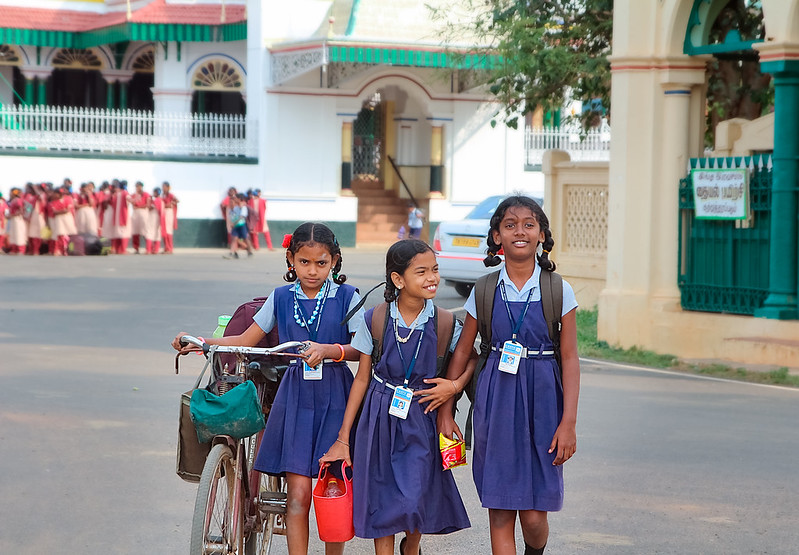 The 2021 Global Education Summit raised more than $4 billion for the Global Partnership for Education (GPE) and 19 world governments pledged to allocate a minimum of 20% of their budgets to education. The GPE provides for education in 90 countries and territories, aiming to raise “at least $5 billion over the next five years.” Reaching this goal will allow education in underdeveloped countries to thrive, safeguarding the education of 175 million children and enabling the learning of 88 million additional children by 2025.
The 2021 Global Education Summit raised more than $4 billion for the Global Partnership for Education (GPE) and 19 world governments pledged to allocate a minimum of 20% of their budgets to education. The GPE provides for education in 90 countries and territories, aiming to raise “at least $5 billion over the next five years.” Reaching this goal will allow education in underdeveloped countries to thrive, safeguarding the education of 175 million children and enabling the learning of 88 million additional children by 2025.
The Importance of Education
In developing countries, there is a significant gap in learning and schooling. Roughly 53% of all children in these countries “cannot read and understand a short story by the time they” complete primary education. This rate of learning poverty could potentially rise to 63% without immediate global action. However, despite these statistics, more children are in school globally than ever before.
Equality in education is critical for the development of individuals and societies. Education in underdeveloped countries helps assist with poverty reduction, improving health and gender equality. With education, more people will be able to secure higher-paying, skilled employment and health outcomes will improve across nations. With more girls in school, the rate of global child marriage will reduce.
In the wake of the COVID-19 pandemic, education is suffering, but the United States commits to efforts to improve education for all.
How the United States is Helping
In the past, although the U.S. has made efforts to advance global education, considering its status as a global powerhouse, many view these efforts as insufficient. Realizing the need for improvement, the U.S. is advancing its focus on education in underdeveloped countries.
At the recent Global Education Summit, the United States pledged $305 million to the GPE for 2021. The Let Girls Learn Initiative was started in 2015 by former President Obama and First Lady Michelle Obama. The initiative invested millions of dollars while partnering with the private sector to improve education for girls in more than 50 countries.
On Sep. 8, 2017, the Reinforcing Education Accountability in Development (READ) Act was signed into law. The Act ensures that the United States uses its resources to improve global education through programs focusing on literacy skills, mathematics and basic fundamental skills.
The International Basic Education Caucus was launched in 2015 with the ultimate goal of alleviating global poverty through education. Congressman Dave Reichert and Congressman Mike Quigley began this bipartisan caucus with the belief that education is the unrivaled way to promote freedom, peace and stability around the world.
When the United States invests in worldwide learning, it brings benefits not only for other countries but for the U.S. as well. Education can improve global and national security and it can contribute to better global health while providing more economic safety.
What Does This Mean for Poverty?
Education not only provides children with the necessary tools to learn and develop but also has significant impacts on poverty. Education paves the road to successful careers, allowing individuals to earn an income and break cycles of poverty.
Each additional year of education an individual receives provides “a 9% increase in hourly earnings.” This increase in earnings allows an individual to contribute more to the economy, affecting entire societies as health improves and others are inspired to look to education to provide a brighter future.
The recent contribution of more than $4 billion toward global education is one major step toward ending poverty. Advancing education in underdeveloped countries will lead to immense progress in countries around the world by breaking cycles of poverty.
– Delaney Gilmore
Photo: Flickr
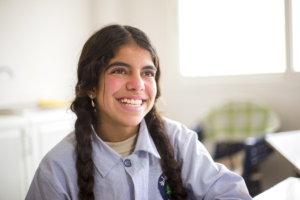
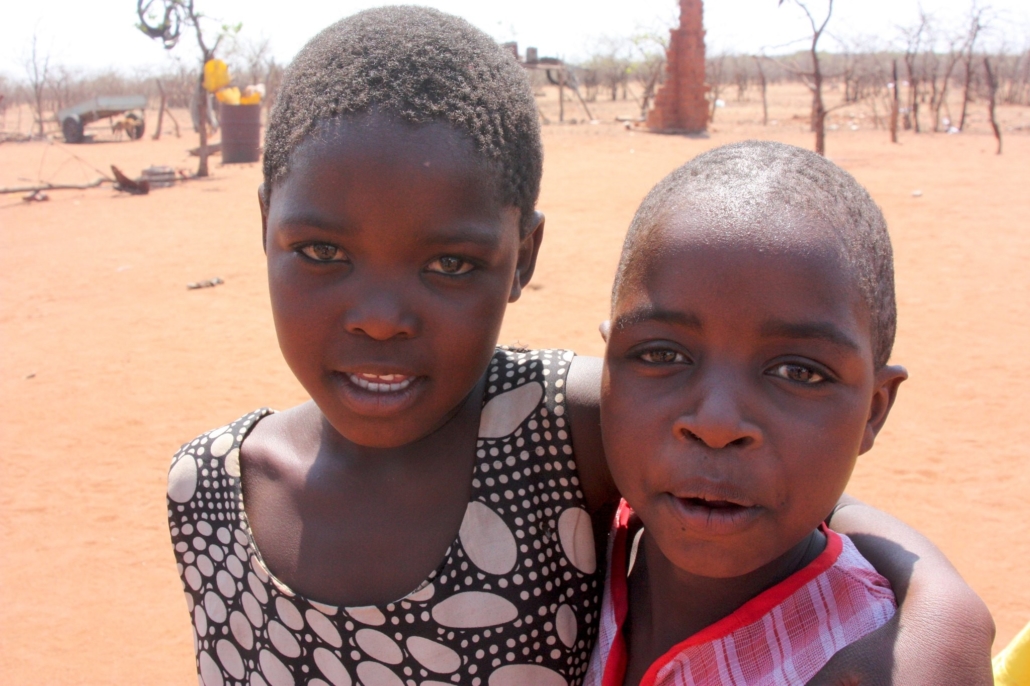 Child Marriage in Zimbabwe has been affected by the COVID-19 pandemic. Without schools functioning in person, children have less protection and experience more human rights violations such as
Child Marriage in Zimbabwe has been affected by the COVID-19 pandemic. Without schools functioning in person, children have less protection and experience more human rights violations such as 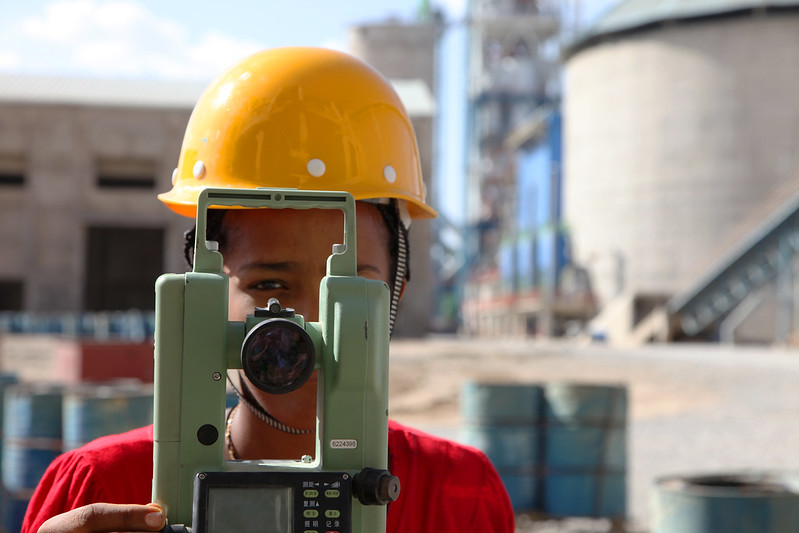 Poor infrastructure and lack of job opportunities are among the top reasons that underdeveloped countries remain in poverty. Creating jobs in underdeveloped countries is key to achieving developmental goals and providing economic and political stability that can help many developing countries out of destitution. Furthermore, jobs provide income, independence and choice to individuals. It is for these reasons that creating jobs in underdeveloped countries can improve conditions and help in eliminating hunger and poverty. Creating new job opportunities can also help advance gender equality and many other pending societal issues. In September 2015, many organizations came together to establish the U.N.
Poor infrastructure and lack of job opportunities are among the top reasons that underdeveloped countries remain in poverty. Creating jobs in underdeveloped countries is key to achieving developmental goals and providing economic and political stability that can help many developing countries out of destitution. Furthermore, jobs provide income, independence and choice to individuals. It is for these reasons that creating jobs in underdeveloped countries can improve conditions and help in eliminating hunger and poverty. Creating new job opportunities can also help advance gender equality and many other pending societal issues. In September 2015, many organizations came together to establish the U.N. 
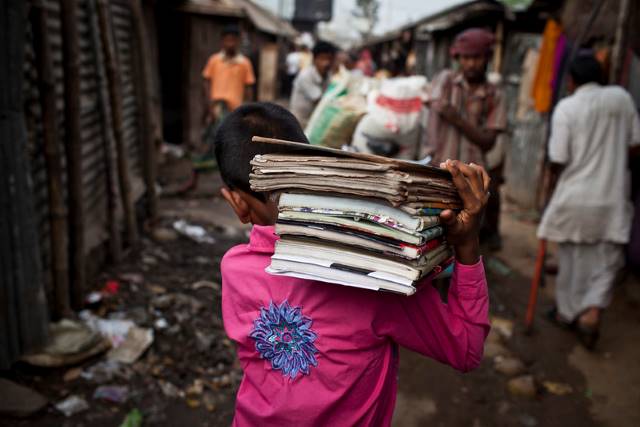 In a speech given at a Boston high school in 1990, Nelson Mandela said, “Education is the most powerful weapon which you can use to change the world.” For many of the world’s impoverished, education is not an option. Today, more than 72 million children of primary education age are not in school and nearly
In a speech given at a Boston high school in 1990, Nelson Mandela said, “Education is the most powerful weapon which you can use to change the world.” For many of the world’s impoverished, education is not an option. Today, more than 72 million children of primary education age are not in school and nearly 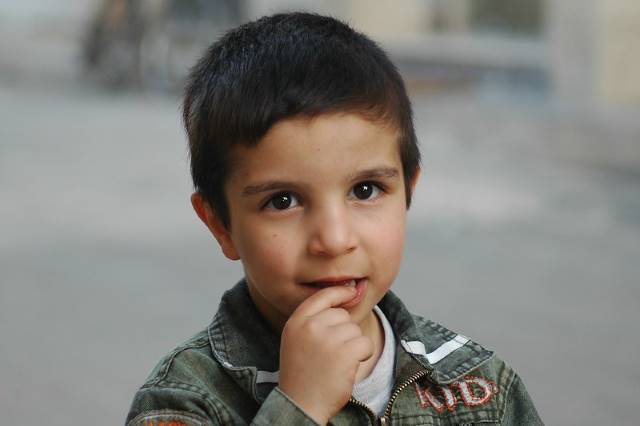 When Alfin Nur was 11 years old, he lost his mother, father and one of his siblings in the 2004 Indian Ocean tsunami. Two years later, the GiveLight Foundation found Alfin and began to invest in his life. He studied at a boarding school in Banda Aceh, Indonesia, which GiveLight fully sponsored, while also providing him with love and emotional support. In 2015, he graduated from Al-Azhar University in Cairo.
When Alfin Nur was 11 years old, he lost his mother, father and one of his siblings in the 2004 Indian Ocean tsunami. Two years later, the GiveLight Foundation found Alfin and began to invest in his life. He studied at a boarding school in Banda Aceh, Indonesia, which GiveLight fully sponsored, while also providing him with love and emotional support. In 2015, he graduated from Al-Azhar University in Cairo.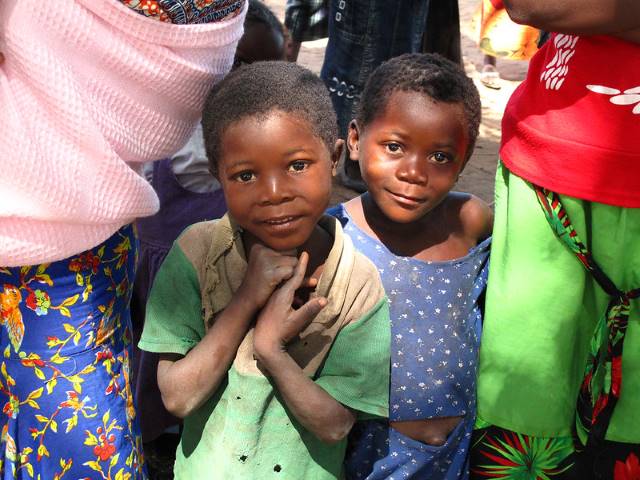 Often when we think of the sub-Saharan region of Africa, we associate it solely with the conflict and tragedy that has burdened it for the majority of recent history. According to research done in 2019, there were
Often when we think of the sub-Saharan region of Africa, we associate it solely with the conflict and tragedy that has burdened it for the majority of recent history. According to research done in 2019, there were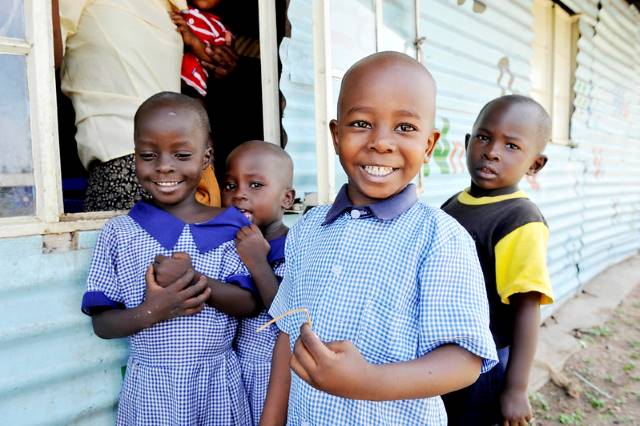 Organizations like UNICEF and ACAKORO have been providing educational resources to Kenyan students despite the immense difficulties in the country due to COVID-19 and 2020’s locust invasion. On March 15, 2020, the Kenyan Government forced schools to shut down due to COVID-19. Due to school closures, millions of students risk losing out on education during the pandemic. Organizations stepped in to provide resources, remote learning services and sanitation facilities to vulnerable children in Kenya.
Organizations like UNICEF and ACAKORO have been providing educational resources to Kenyan students despite the immense difficulties in the country due to COVID-19 and 2020’s locust invasion. On March 15, 2020, the Kenyan Government forced schools to shut down due to COVID-19. Due to school closures, millions of students risk losing out on education during the pandemic. Organizations stepped in to provide resources, remote learning services and sanitation facilities to vulnerable children in Kenya.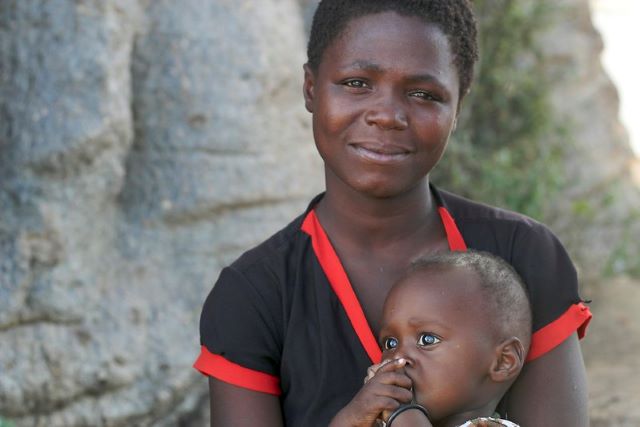 Iceland, located in the North Atlantic Ocean, has a population of fewer than 400,000 people. The small Nordic island is home to some of the most sought after natural landmarks and tourist attractions such as the northern lights. Although small, the country has provided big backing to countries triple its size through its foreign aid programs. In 2008, Iceland experienced what economists considered to be the most
Iceland, located in the North Atlantic Ocean, has a population of fewer than 400,000 people. The small Nordic island is home to some of the most sought after natural landmarks and tourist attractions such as the northern lights. Although small, the country has provided big backing to countries triple its size through its foreign aid programs. In 2008, Iceland experienced what economists considered to be the most 